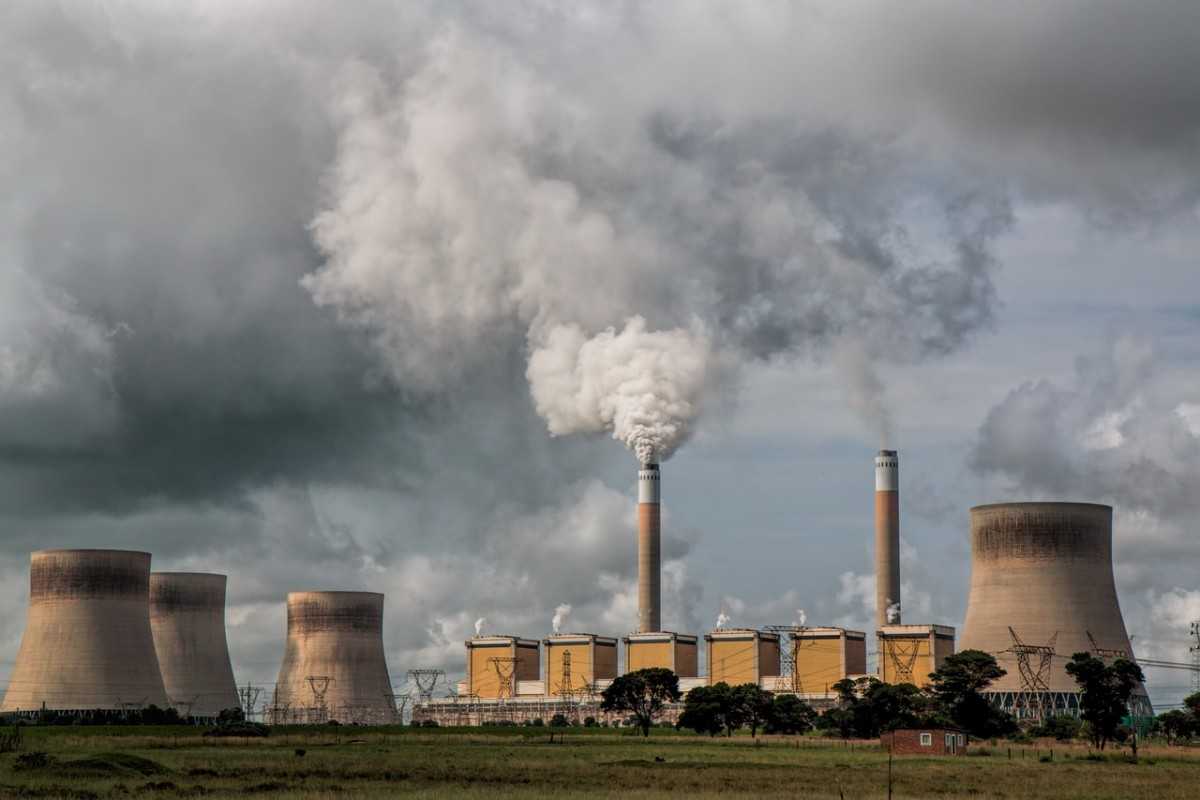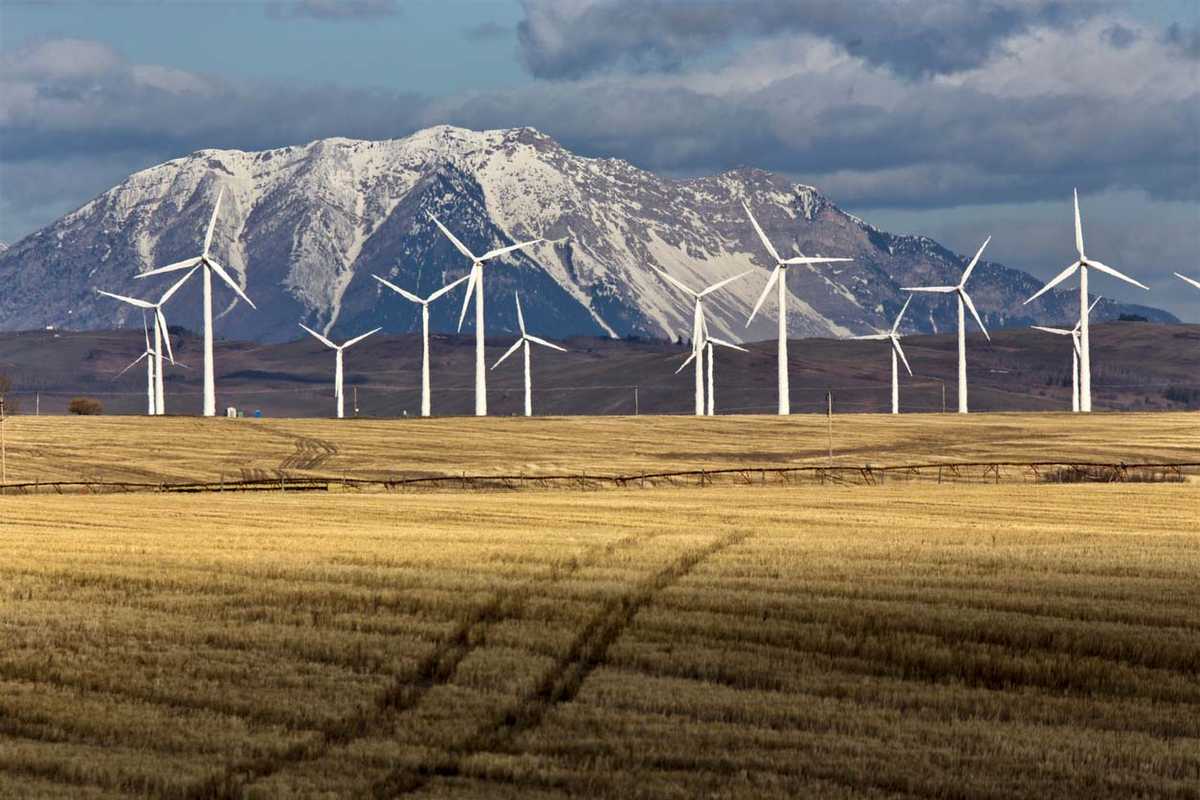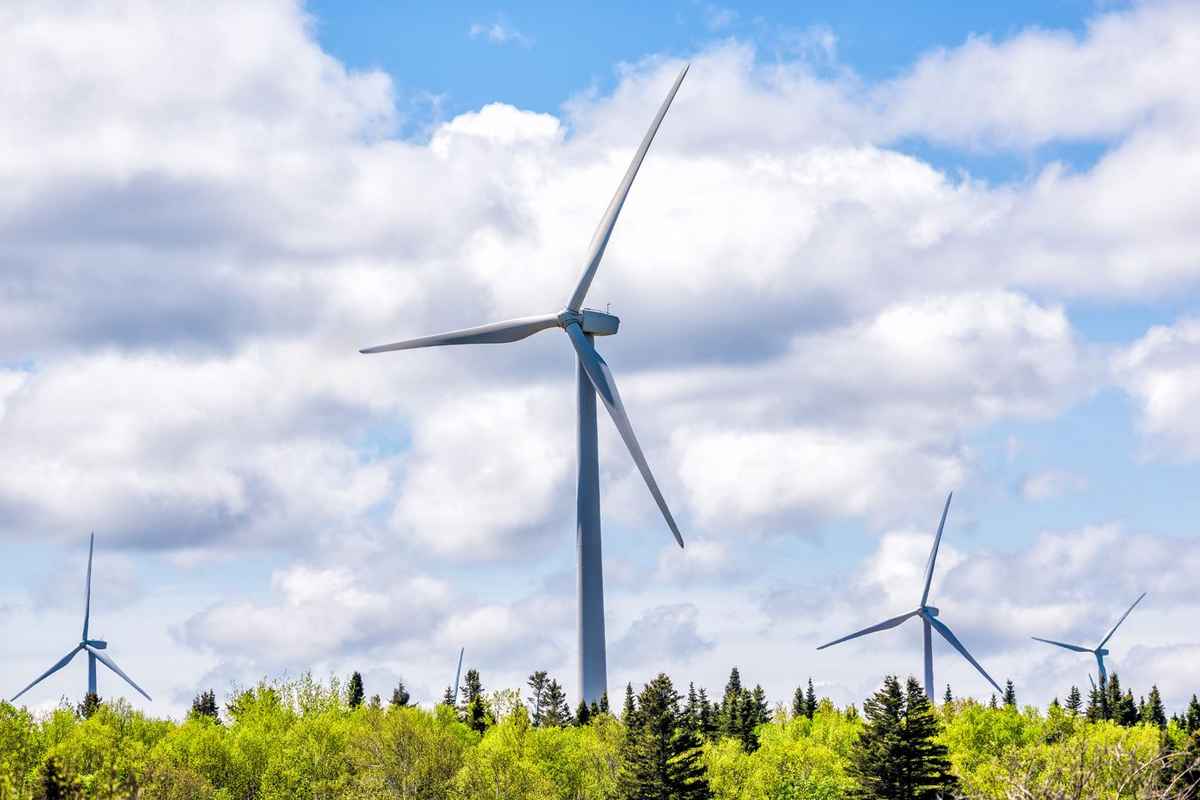hold a significant place in our daily lives. Whether it’s natural gas, nuclear power, or the myriad products derived from petroleum and mining, extractive industries are integral to the Canadian quality of life.
Despite our ongoing efforts to advance low-emission technologies, the importance of mining and oil and gas persists in facilitating their development. Notably, Canada’s stringent environmental standards in these industries rank among the world’s most rigorous, underscoring their pivotal role in steering Canada toward an even more eco-friendly future.
Outlined below are several ways in which mining and oil and gas are intricately connected to renewables, actively contributing to the construction of pathways toward a diversified and resilient Canadian economy:
5 Instances of Interconnection Between Renewables & Fossil Fuels
- Hydropower Turbines: Stainless steel alloys, crucial in constructing hydropower turbines, rely on fossil fuels for mining and development.
- Wind Energy: Wind energy, akin to hydropower, is entwined with fossil fuels. From extracting steel and other turbine materials to the transportation involved, fossil fuels play a role.
- Cobalt Mining: Cobalt, a vital mineral for renewable batteries in electric vehicles and energy storage, is mined both from the ocean floor and terrestrial deposits, utilizing fossil fuels.
- Solar Panel Manufacturing: The environmental impact of solar panels is most pronounced during manufacturing, mainly composed of silicon. Additionally, the transportation of panels contributes to carbon emissions over their life cycle.
- Copper Wiring in Electric Vehicles: The extensive copper wiring used in electric vehicles necessitates mining and processing from the earth, with energy sourced from fossil fuels.




